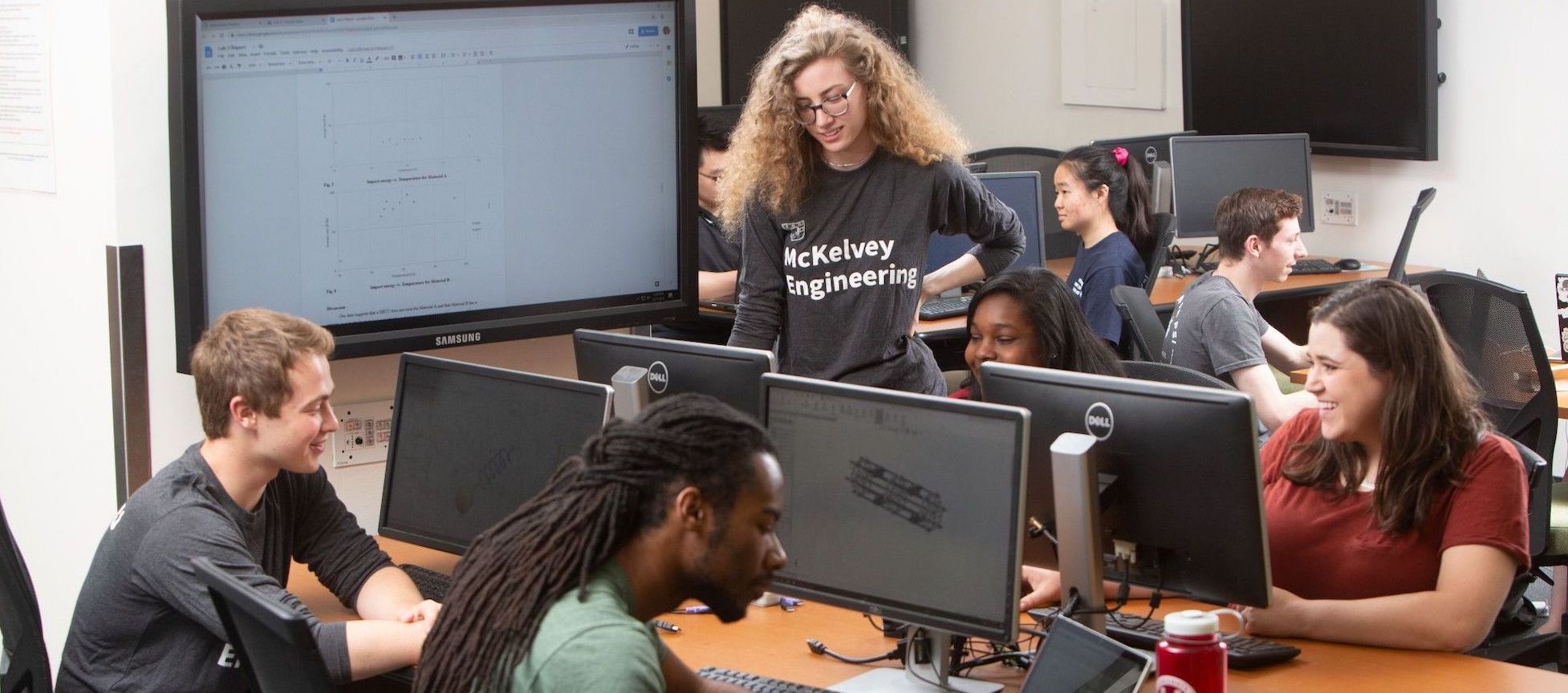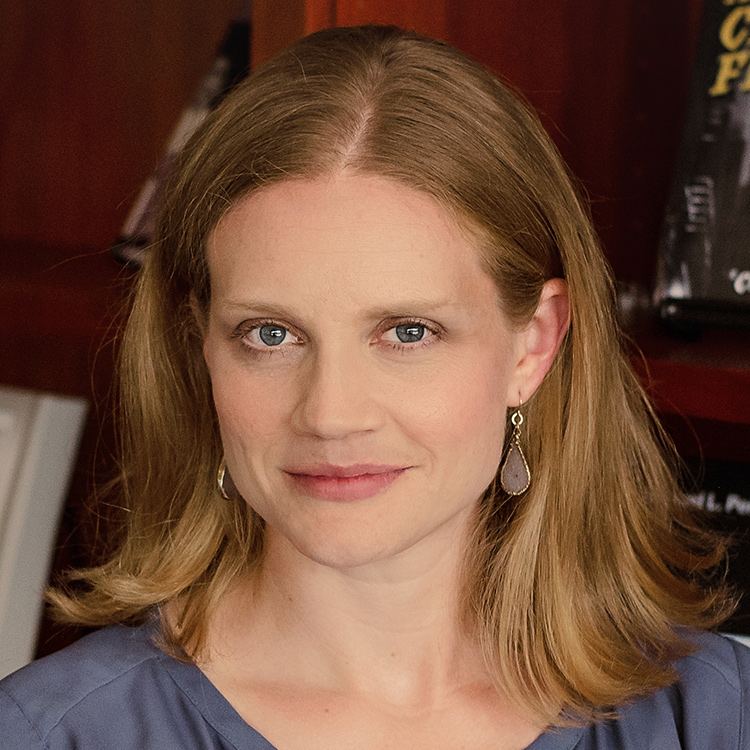
Incorporating ChatGPT into Library Instruction
In my eleven years as an engineering subject librarian, I have witnessed undergraduates struggle to find library databases, verify what is an authoritative source, or simply push beyond what is available in Google Scholar. It is not surprising that students have used emerging technologies, such as ChatGPT, long before most librarians knew they existed and before the students understood any potential downfalls.
Recently, the academic librarian world buzzed with rumors of how students ask for full-text articles that did not exist, unknowingly plagiarized texts, or utilized ChatGPT to write entire assignments. There is truth here, and academic integrity is a real problem on college campuses. However, some librarians are reframing the conversation around ChatGPT. In my recent library instruction sessions (and with full support and knowledge of those faculty), I encourage and teach my students to responsibly use ChatGPT as a tool, a tool that will help them navigate an ever-complicated and changing research process.
After viewing Steve Hargadon’s “Library 2.0’s ChatGPT Bootcamp for Libraries and Librarians,” I explored how I could incorporate the tool into my instruction, and I focused mainly on how students could use ChatGPT to help facilitate their background research in courses in Technical writing or the Mechanical Engineering Design Project.
I took a student-led collaborative approach in Technical Writing. Across each section, students shared how they used or might use ChatGPT to conduct research. We brainstormed the following:
- Overcome initial writer’s block
- Narrow down broad topics
- Highlight new research areas within that topic
- Summarize complicated concepts or texts
- Identify keyword possibilities for database searches
- Help with how to structure and outline various types of papers
We also addressed any downsides, such as ChatGPT’s limited knowledge of the world or events after 2021 and the risk of unknowingly plagiarizing when copying/pasting any AI-generated text. If a student suggested using ChatGPT to find a specific citation, we talked about ChatGPT’s ability to make up articles using the names of real authors and real academic journals. With every bit of information output, I remind students to verify and fact-check that information in another source.
For the Mechanical Engineering & Material Design Class (MEMS411), I found ChatGPT to be extremely helpful for quickly finding relevant engineering standards, which are documentation of engineering practices including rules, techniques, and conditions for engineering design. It is hard and time-intensive for even the most seasoned librarian to search engineering standards since there is no centralized database, inconsistencies across issuing agencies, and variations in subject headings and keywords. MEMS411 students can prompt ChatGPT to identify possible standards for their design project. For instance, the prompt, “Are there engineering standards for hand-held electrical tools?” yields several standard numbers and summaries, which students could then contact me about purchasing that standard. Students could also use ChatGPT for suggestions on identifying possible academic “experts,” and we could then use Scopus, Web of Science, or even Google Scholar to verify their publishing history.
ChatGPT is not perfect and neither are undergraduates trying to complete their research and write substantive papers. If ChatGPT can help students successfully brainstorm keywords and search library databases or question source authority and take extra steps to fact-check information, then I will offer it as a potential tool that when used informatively can make library research less frustrating.
